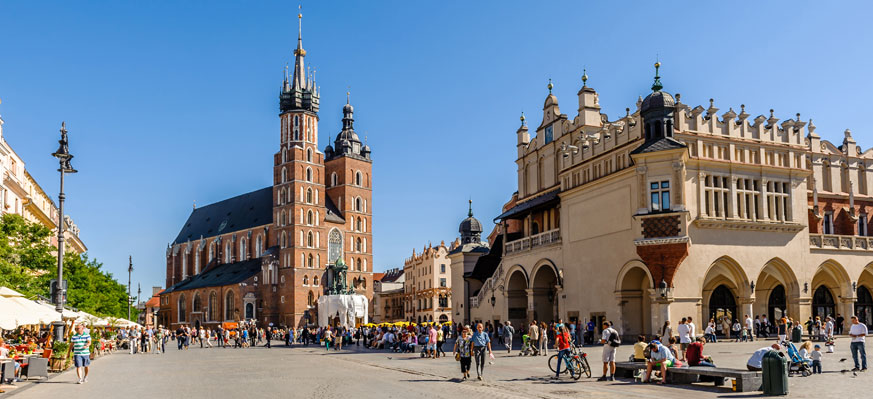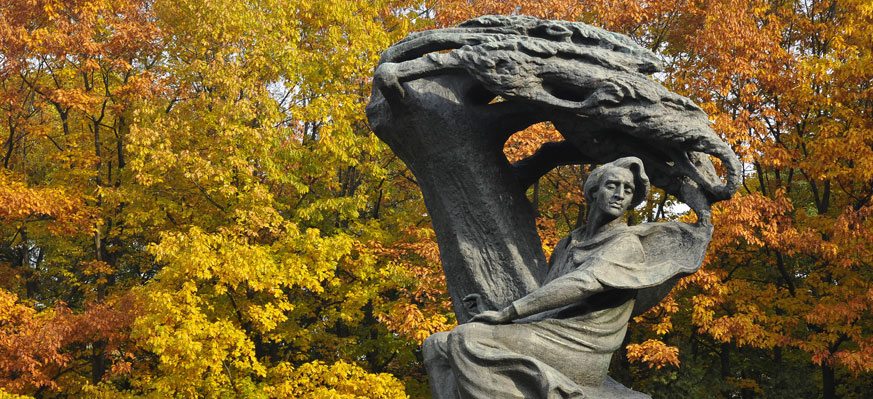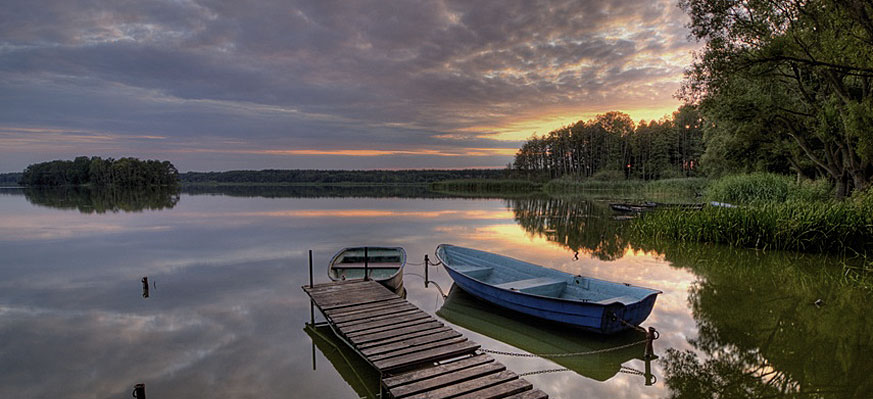ROTARY CLUB TRIPS
Rotary Club Trip to Wroclaw
Are you looking for a destination for your next club trip? Wrocław (Wroclaw) may seem like an unremarkable destination at first glance, but after a moment's consideration you may conclude that Wrocław is a destination that will meet your club's expectations. The historic capital of Silesia is Poland's fourth largest city and one of the country's biggest cultural centres. In 2016, Wroclaw was also awarded the title of European Capital of Culture. Wroclaw has long been working to transform its image from a symbol of Cold War division to a city of Polish-German dialogue and to cultivate European openness. The people of Wroclaw have come a long way in the decades since the war.
Trip Highlights:
- Visit to Aula Leopoldinum, the most representative part of the Wroclaw University
- Visit to Panorama of the Battle of Racławice
- Visit to the famous Century Hall - an architectural and technical achievement of the 20th century
- Visit to the Peace Church in Swidnica, the largest wooden church in Europe
- Dinner with tasting of local wines at the Jaworek Winery
Itinerary:
Day 1 Wroclaw
Upon arrival in Wroclaw, you will be welcomed by a tour guide from our office who will accompany you for the next four days. After checking in at the hotel and a short rest, we start our programme with a sightseeing tour of Wrocław's Old Town.
We start at the Market Square - one of the largest medieval squares in Europe with the famous Gothic Town Hall, whose façade is adorned with a historic astronomical clock. The Market Square and Town Hall, together with over fifty magnificent gabled houses from different periods, form a quite extraordinary architectural ensemble.
The tour continues to the Salt Market and the important St. Elisabeth Church, then to the University with the famous Aula Leopoldinum, a Baroque reception hall. Crossing the branches of the Oder, we come first to Sand Island and then to Cathedral Island, the seat of the Wroclaw bishops and a picturesque ensemble of sacred architecture with Wroclaw Cathedral, whose two slender towers, significantly, reach far into the sky. We linger for a while in front of the monument to Cardinal Bolesław Kominek, at the foot of which is an inscription in Polish and German: "We forgive and ask for forgiveness". These words, written in 1965, initiated the long process of reconciliation between Poles and Germans.
In the evening we invite you to a musical treat in the recently splendidly renovated opera house - a work by Schinkel.
Accommodation and dinner in Wrocław
Day 2 Wroclaw
The second part of the city tour leads us to the squares of this city that are a little further away from the center. We will see the famous Century Hall - an architectural and technical achievement of the 20th century, which is a UNESCO World Heritage Site. Then we visit the only remaining old cemetery - the Jewish cemetery, where among others Ferdinand Lassalle, co-founder of the German social democratic movement, is buried. We will also see the Panorama of the Battle of Racławice - a huge circular painting that was brought from Lviv to Wrocław after the Second World War and is now one of the identity-forming factors of Wrocław's new inhabitants.
In the afternoon everyone has the opportunity to explore the city on their own.
Dinner at the hotel. In the evening we meet a renowned political scientist from the University of Wrocław and hold a conversation on topics of interest to you.
Day 3 Krzyżowa, Świdnica, Morawa, Jaworek Winery
We leave Wroclaw and head south. In Krzyżowa, not far from Swidnica, is the palace of the von Moltke family - meeting place of the "Krzyzowa Circle" - a group of oppositionists against the Nazis. Krzyzowa was the scene of a memorable reconciliation mass in 1989, attended by Polish Prime Minister Tadeusz Mazowiecki and German Chancellor Helmut Kohl. Today, the von Moltke estate plays a prominent role in Polish-German cooperation, with the palace serving as a meeting place and memorial. We visit the memorial and learn interesting facts about current German-Polish issues.
We continue to Świdnica. In its heyday, Świdnica rivalled Wroclaw as a trading centre. Today, the renovated town houses on the market square and the Cathedral of St. Stanislaus and Wenceslas with its 103-metre-high tower are reminders of its former splendour. The most important sight of this city, however, is the Peace Church - one of three churches that the Silesian Protestants were allowed to build after the Peace of Westphalia.
With its 3,500 seats, the church in Swidnica is the largest wooden church in Europe and amazes - apart from a rather modest exterior construction - with its magnificent baroque interior.
Our next stop is Morawa, where we visit the family estate of Countess Melitta Sallai, who returned to her homeland and established the St. Hedwig Foundation. This foundation is involved in social projects for the villagers and carries out German - Polish communication work.
We have planned today's dinner with tasting of local wines at the Jaworek Winery. The wines produced by the Jaworek family are among the best in Poland.
Day 4
Check out. Airport transfer and return flight.
Possible extension of the programme:
Excursion from Wroclaw to Jelenia Góra Valley and the Karkonosze.
On the way to the Jelenia Góra Valley we first stop at Książ Castle, which with its 400 chambers was the residence of the Hochberg-Pless princes. This was also the home of Princess Maria Teresa Oliwia Hochberg-Pless, who was known as "Daisy".
The Jelenia Góra Valley is also called "the valley of castles and gardens". There are 22 palaces and castles here in a very confined space, surrounded by what were once the finest parks. Famous architects such as Friedrich Schinkel and Friedrich August Stüler were active here. The gardens were built according to the design of the ingenious landscape architect Peter Josef Lenne. Frederick William III had his summer residence built here, followed by several representatives of the Prussian nobility.
From here it is not far to Jagniątków, a mountain valley with a magnificent view of the main ridge of the Karkonosze, there is the "Villa Wiesenstein" - the former house of Gerhart Hauptmann, today a museum dedicated to him, which we visit first. We spend the afternoon at the foot of the majestic Śnieżka, the highest peak of the Karkonosze, in the tourist capital of the Karkonosze - Karpacz, where we also visit the famous Vang Stave Church. Here, too, we have included a literary reference. In the Vang cemetery is the grave of Tadeusz Różewicz, one of the greatest European poets of the second half of the 20th century. Some of his poems will remain in your memory for a long time.
In the evening we return to Wroclaw.
Services included:
- 3 night's accommodation in a 4 or 5 star hotel in Wroclaw with breakfast buffet
- 2 dinners (as per itinerary)
- 1 lunch with wine tasting at the Jaworek Winery
- All transfers as per above mentioned itinerary
- Private English speaking tour guide
- City tours with qualified guide as per itinerary
- Entrance fees for all sightseeing
- Tickets for a concert at the Wroclaw Opera House
- Meeting with an interlocutor in Wroclaw (political scientist at the University of Wroclaw)
Services not included:
- The journey to and from Poland
- Public transport
- Insurance
- Personal expenditure, tips, etc.
- All other services not mentioned in the itinerary

















